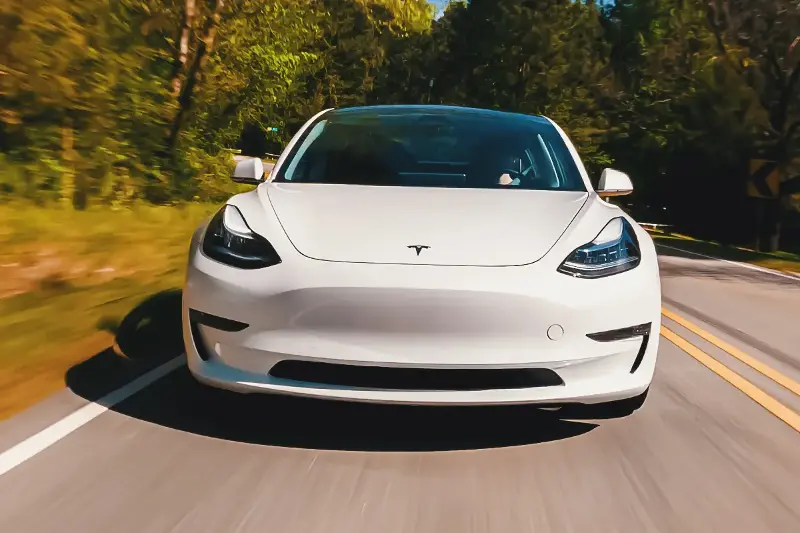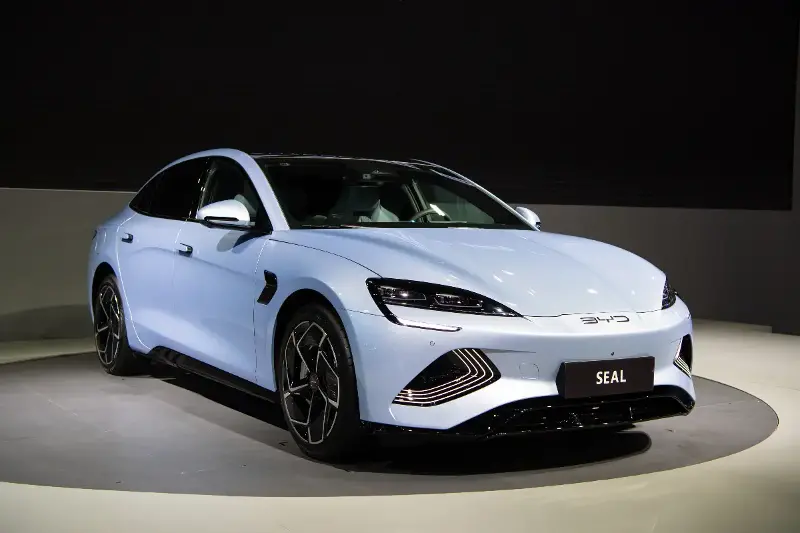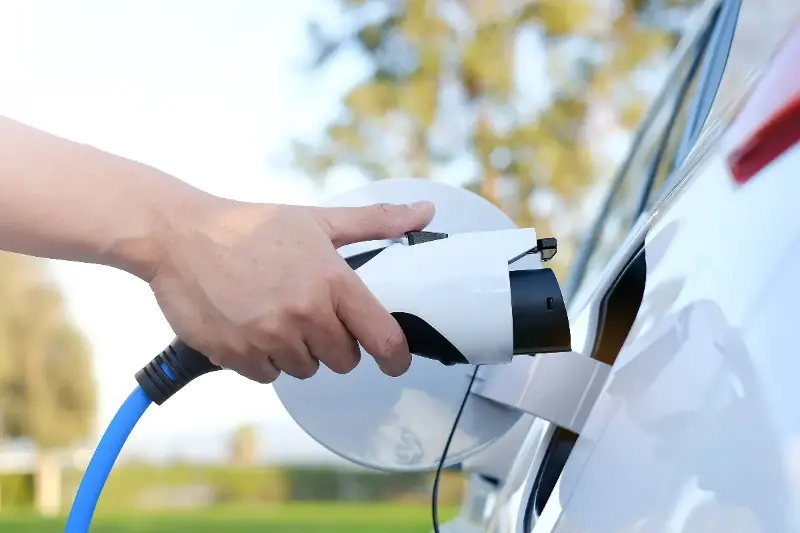When most of us picture the future of clean mobility, sleek electric vehicles (EVs) gliding silently along city streets come to mind. Headlines shout about zero emissions, while governments dangle incentives in front of would-be EV buyers. But step behind the marketing curtain and a question arises: Is the electric car really the saintly, green machine it's made out to be—or do hybrids still have a case to make?

Uncovering The Truth: What “Green” Really Means
At first glance, the term “green” gets thrown around so casually it loses meaning. For cars, being “green” is about more than what comes out of the tailpipe. True sustainability takes into account the entire lifecycle of a vehicle—from mining the metals that build its batteries, to the electricity or petrol it guzzles, all the way to the scrapyard years later.
So, how do fully electric vehicles stack up against their hybrid cousins? Let’s crack open the facts.
Powering Up: Where Does The Energy Come From?
Electric cars run on batteries charged with electricity, while hybrids use a mix: a petrol engine and a small battery-powered motor. Here’s where it gets interesting:
- In countries with a coal-heavy grid, charging an EV can actually produce more emissions than driving a hybrid.
- In nations with greener grids—think Norway or France, rich in renewables and nuclear energy—EVs have an obvious eco-advantage.
A 2022 study by the International Council on Clean Transportation found that EVs in Europe already emit 66-69% less CO₂ over their lifetimes compared to petrol cars—but this gap narrows in regions dependent on fossil-fuelled electricity.

Born To Be Mild? The Hidden Cost of Manufacturing
Here’s a twist few consider: Manufacturing an EV, particularly its vast lithium-ion battery, is more carbon-intensive than building a hybrid. Mining lithium, cobalt, and nickel demands immense energy and has its own environmental impact. According to the European Environment Agency, producing an electric vehicle can release up to two times more greenhouse gases than making a hybrid.
However, as production processes clean up (with greener factories and recycled materials), these numbers are slowly improving. The green race really begins only once those cars hit the road.
On The Road: Real-life Emissions & Performance
It’s all about mileage. Electric cars quickly “pay back” their carbon debt the longer they’re driven—typically after around 2-3 years for most drivers. After that, they edge miles ahead in terms of emissions, especially if the local electricity is clean.
Hybrids, meanwhile, shine for those who:
- Travel long distances with few charging stops
- Live in areas where power is mainly coal-based
- Need a car that balances efficiency with practicality
Yet, plug-in hybrids (PHEVs) can disappoint if owners never charge them; without regular charging, a PHEV turns from a green promise into just another petrol car with extra weight.

Recycling, The Forgotten Chapter
What happens at the end of the road? Battery disposal is a growing issue for EVs, with concerns about toxic waste and recycling. New advances allow up to 95% of a battery’s materials to be recycled, but these systems are still ramping up.
Hybrids, with their smaller batteries, have less recycling impact, but widespread end-of-life eco-solutions are still needed in both camps.
Numbers Don’t Lie: The Green Scorecard
Let’s simplify the key comparisons:
- Production: EVs have a higher initial carbon footprint than hybrids.
- Tailpipe Emissions: EVs have none—zero, zilch, zip. Hybrids still emit, but much less than conventional cars.
- Lifetime Carbon Savings: EVs win big—if charged with green power and driven enough miles.
- Battery Impact: The bigger the battery, the bigger the disposal challenge—but also the greater the opportunity for recycling innovation.
So, are electric cars really greener than hybrids? The honest answer is: they can be—but only under the right conditions. Grid greenness, usage patterns, recycling policies, and technological progress all shape the true environmental cost. As car buyers and earth dwellers, we’re left with a tantalising question: In our quest for cleaner roads, do we put our faith in the promise of pure electrics, or choose the pragmatic path of the hybrid? The answer isn’t black or white—but driving the conversation forward just might be the greenest thing we can all do.
